As we all know, there are many EPP Foam Properties. This article mainly analyzes EPP Foam Properties’s Insulation and Shock Absorption properties.
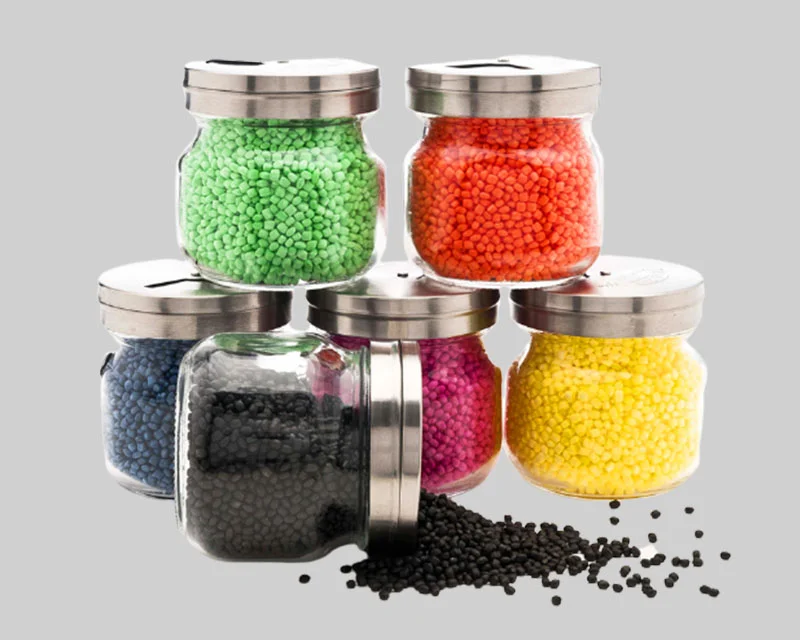
Another term for Expanded Polypropylene (EPP) is “EPP Foam.
How is EPP Foam Manufactured?
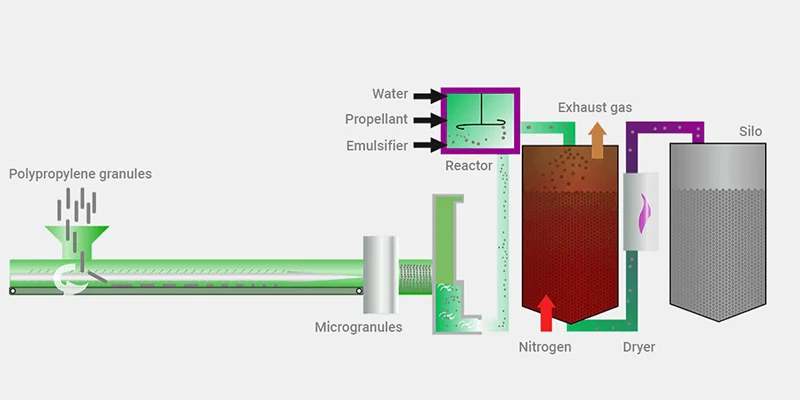
EPP Foam is produced through a molding process that includes expanding and fusing polypropylene beads. Initially, the beads undergo pre-expansion using steam. Subsequently, they’re inserted into a mold, where they undergo heat and pressure treatment.
This process leads to the merging of individual beads, resulting in the formation of a sturdy, lightweight foam structure featuring closed cells. Through molding, a diverse range of shapes and densities of EPP products can be crafted.
1. Raw Material Selection
The process begins with selecting high-quality polypropylene resin, which serves as the raw material for EPP foam production. Polypropylene is chosen for its lightweight nature and excellent mechanical properties.
2. Pre-Expansion
The EPP manufacturing process begins with the pre-expansion of polypropylene (PP) beads. These beads are pre-expanded using steam or a physical blowing agent to achieve a specific density and expand their volume.
3. Molding
Once the pre-expansion is complete, the expanded beads are transferred to a mold cavity designed to create the desired shape of the final EPP product. The mold can be made of various materials, such as aluminum, steel, or composite.
4. Steam Chest Molding
The molding technique primarily used for EPP is called steam chest molding. During this process, the mold cavity is closed, and steam is injected into a steam chest surrounding the mold. The steam softens the expanded beads and causes them to expand further within the mold cavity.
5. Fusion and Shape Formation
As the steam continues to heat the beads, they begin to fuse. The pressure inside the mold helps shape the beads and create a solid foam structure. The duration of the molding process depends on factors such as the desired thickness, density, and complexity of the product.
6. Cooling and Demolding
After achieving the desired shape and density, the mold is cooled to solidify the fused beads. Cooling can be performed by circulating cool air or water through the mold. Once the EPP part has cooled and hardened, it is removed from the mold.
7. Trimming and Finishing
Trimming and finishing processes may be employed to remove any excess material or imperfections from the EPP part. This ensures the final product meets the required specifications and aesthetic standards.
8. Additional Processing
Depending on the intended application, further secondary operations may be performed on the EPP parts. These can include cutting, shaping, laminating, painting, printing, or assembling the parts with other components.
What Are the EPP Foam Properties?

EPP Foam, short for Expanded Polypropylene foam, stands as a testament to modern engineering’s ingenuity. Expanded Polypropylene (EPP) is a highly versatile closed-cell foam material known for its exceptional energy absorption, impact resistance, thermal insulation, buoyancy, and recyclability, making it a preferred choice across various industries.
First, Foam Properties the most famous Properties: Insulation and Shock Absorption
EPP Foam Insulation Properties
EPP foam insulation boasts several key features that make it an ideal choice for insulation applications:
Thermal Efficiency: EPP foam insulation provides effective thermal insulation, helping to maintain consistent indoor temperatures and reduce energy consumption.
Durability: It exhibits exceptional durability, retaining its insulation properties even after prolonged exposure to environmental factors.
Lightweight: EPP foam insulation is lightweight, making it easy to handle and install compared to traditional insulation materials.
Moisture Resistance: Its closed-cell structure offers inherent moisture resistance, preventing water absorption and mold growth.
Application of EPP Foam Insulation Properties
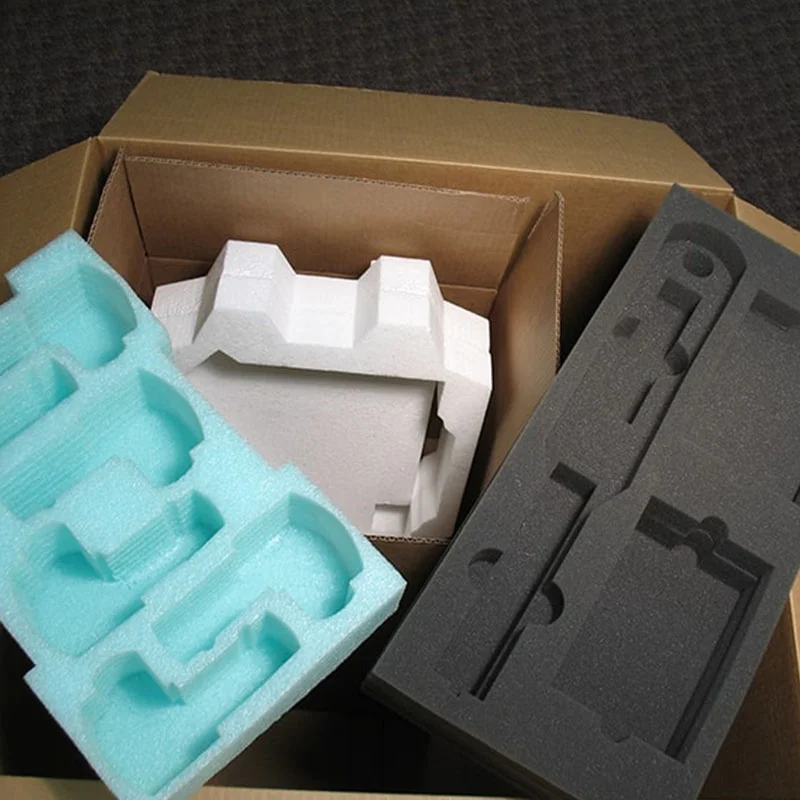
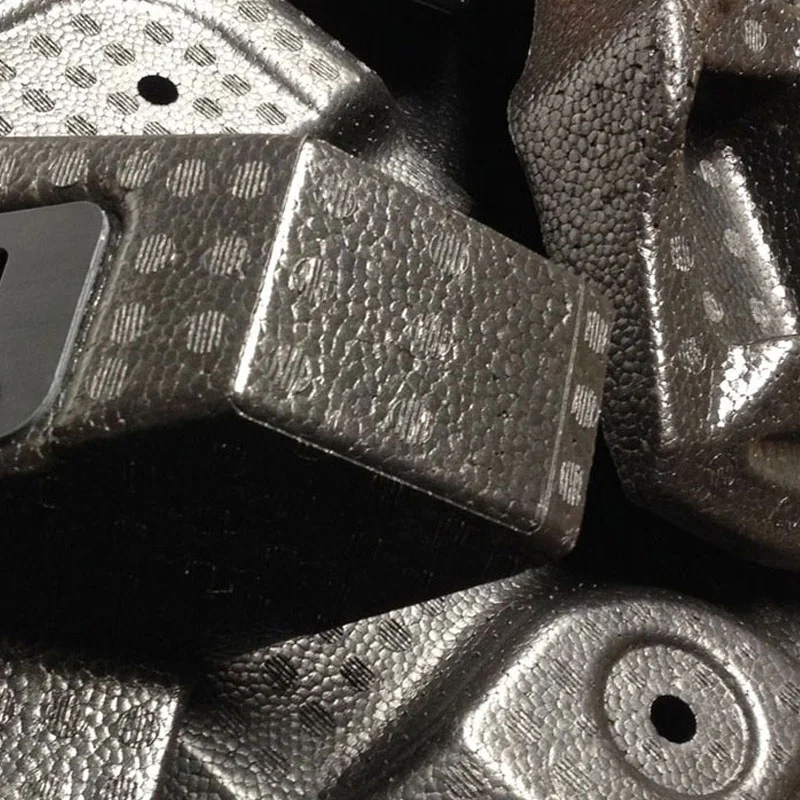
Building Insulation
EPP foam insulation is commonly used in residential, commercial, and industrial buildings to improve energy efficiency and comfort. It is installed in walls, roofs, and floors to minimize heat transfer and reduce heating and cooling costs.
Cold Chain Logistics
In the logistics industry, EPP foam insulation plays a vital role in maintaining the integrity of temperature-sensitive products during transit. It is used in packaging and containers to provide thermal insulation and protect perishable goods from temperature fluctuations.
HVAC Systems
EPP foam insulation is also utilized in HVAC (Heating, Ventilation, and Air Conditioning) systems to enhance thermal efficiency and minimize heat loss. It is employed in ductwork, pipes, and equipment enclosures to prevent energy wastage.
EPP Foam Shock Absorption Properties
EPP foam shock absorption properties are characterized by several key features:
Resilience: EPP foam exhibits high resilience, allowing it to return to its original shape after impact, thus maintaining its protective capabilities over multiple impacts.
Energy Absorption: Its cellular structure enables EPP foam to absorb and dissipate kinetic energy, minimizing the risk of damage or injury.
Uniformity: EPP foam provides uniform shock absorption across its entire surface, ensuring consistent protection for the object or individual being safeguarded.
Application of EPP Foam Shock Absorption Properties
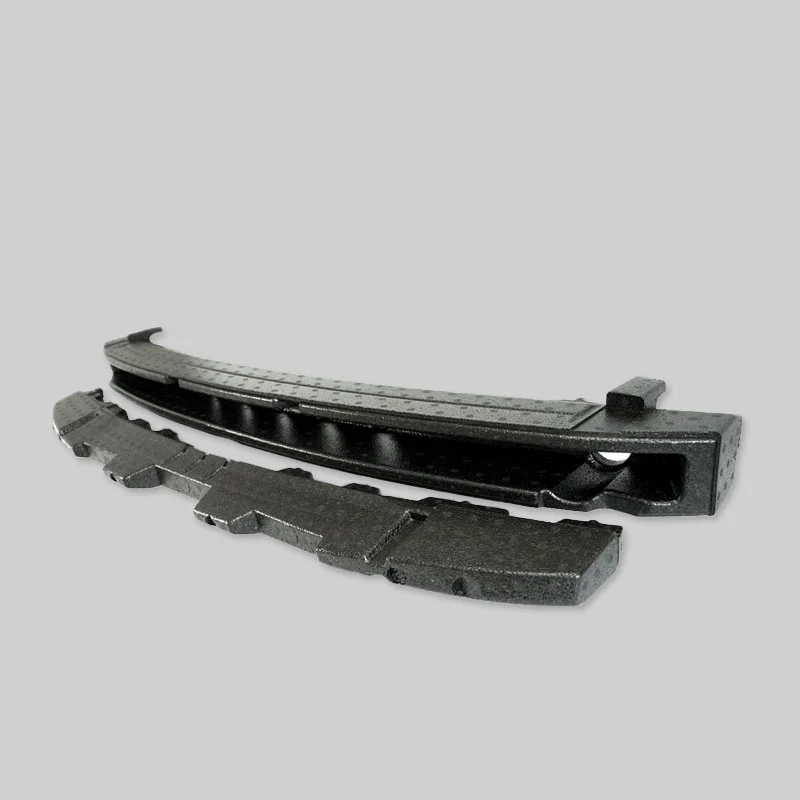
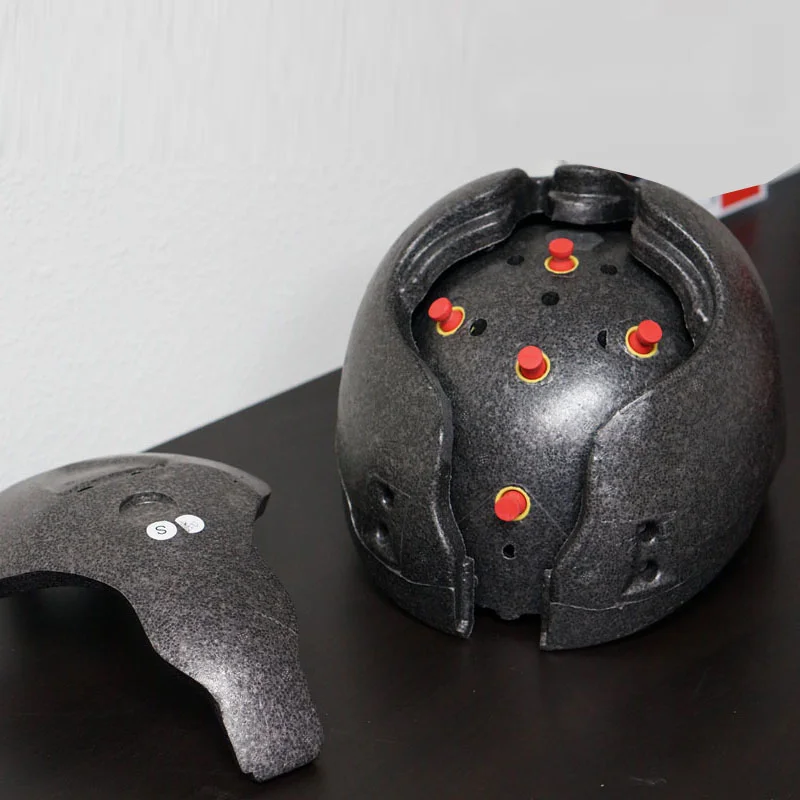
Protective Packaging
EPP foam is commonly used in protective packaging applications to safeguard fragile items during transit. Its ability to absorb impact energy helps prevent damage to sensitive electronics, glassware, and other delicate products.
Sports Equipment
In the sports industry, EPP foam is utilized in the manufacturing of helmets, padding, and protective gear. Its shock absorption properties help reduce the risk of head injuries and impact-related trauma during high-impact activities such as cycling, skiing, and contact sports.
Automotive Safety
EPP foam plays a crucial role in automotive safety by providing impact protection in vehicle bumpers, headrests, and interior components. Its ability to absorb energy during collisions helps mitigate the risk of injury to vehicle occupants.
What else does EPP Foam Properties have?
Chemical Resistance: EPP Foam demonstrates remarkable resistance to a wide array of chemicals, oils, and solvents. This inherent property significantly bolsters its durability and renders it suitable for diverse environmental conditions.
Recyclability: EPP Foam stands as a recyclable material, fostering sustainable and eco-friendly practices. Its recyclability facilitates its reuse across various applications, thereby reducing waste and promoting the principles of a circular economy.
Versatile Processing: EPP Foam boasts the capability of being molded into intricate shapes and sizes with ease. This versatility enables the production of tailored components catering to the distinct requirements of various industries. Furthermore, it can be molded to varying densities and thicknesses, further enhancing its adaptability.
Low Water Absorption: EPP Foam exhibits minimal water absorption characteristics, ensuring consistent dimensional stability even when subjected to moisture. This attribute plays a pivotal role in preventing degradation over time.
UV Resistance: EPP Foam showcases exceptional resistance to ultraviolet (UV) radiation, making it an ideal choice for outdoor applications exposed to prolonged sunlight. This UV resistance enhances its longevity and reliability in outdoor settings.
What processing techniques are suitable for EPP foam according to EPP foam properties?
Here are some common processes suitable for processing EPP Foam :
Molding: EPP foam can be molded into various shapes and sizes using techniques such as injection molding, compression molding, or thermoforming. These methods allow for the production of complex parts with precise dimensions.
Cutting and Trimming: EPP foam can be easily cut and trimmed to size using tools such as knives, saws, or hot wires. This allows for the customization of EPP foam components to fit specific applications.
Bonding: EPP foam can be bonded together using adhesives or heat-sealing techniques. This allows for the assembly of multiple EPP foam pieces into larger structures or assemblies.
Coating and Laminating: EPP foam can be coated or laminated with other materials to enhance its properties or provide additional functionalities. For example, EPP foam can be coated with a protective layer to improve durability or laminated with a barrier film to enhance moisture resistance.
Finishing: EPP foam can be finished using techniques such as sanding, painting, or surface treatment to achieve the desired surface texture or appearance. This allows for the customization of EPP foam products to meet aesthetic or functional requirements.
These processing techniques offer flexibility and versatility in working with EPP foam, making it suitable for a wide range of applications across various industries.
EPP Foam Properties FAQ
What does EPP stand for?
EPP stands for Expanded Polypropylene.
What are the main properties of EPP foam?
EPP foam is known for its exceptional shock absorption, chemical resistance, recyclability, versatility in processing, low water absorption, and UV resistance.
Is EPP foam environmentally friendly?
Yes, EPP foam is environmentally friendly as it is recyclable and can be reused in various applications, reducing waste and promoting sustainability.
What industries commonly use EPP foam?
EPP foam is used in a wide range of industries, including packaging, automotive, sports equipment, construction, marine, and furniture manufacturing.
Generalize
EPP Foam: Tough, Eco-Friendly, and Versatile!
EPP foam, short for Expanded Polypropylene, packs a punch when it comes to properties. It’s resistant to chemicals, oils, and solvents, making it durable for various environments. Plus, it’s recyclable, reducing waste and keeping things eco-friendly.
What’s more, EPP foam is super versatile. You can mold it into any shape or size you need, and adjust its density to fit the bill. And don’t worry about water – EPP foam doesn’t absorb much, so it stays strong even when it gets wet.
And here’s the kicker – EPP foam can take on the sun! Its UV resistance means it’s great for outdoor use too.
So whether you’re looking for toughness, sustainability, or adaptability, EPP foam’s got you covered!
